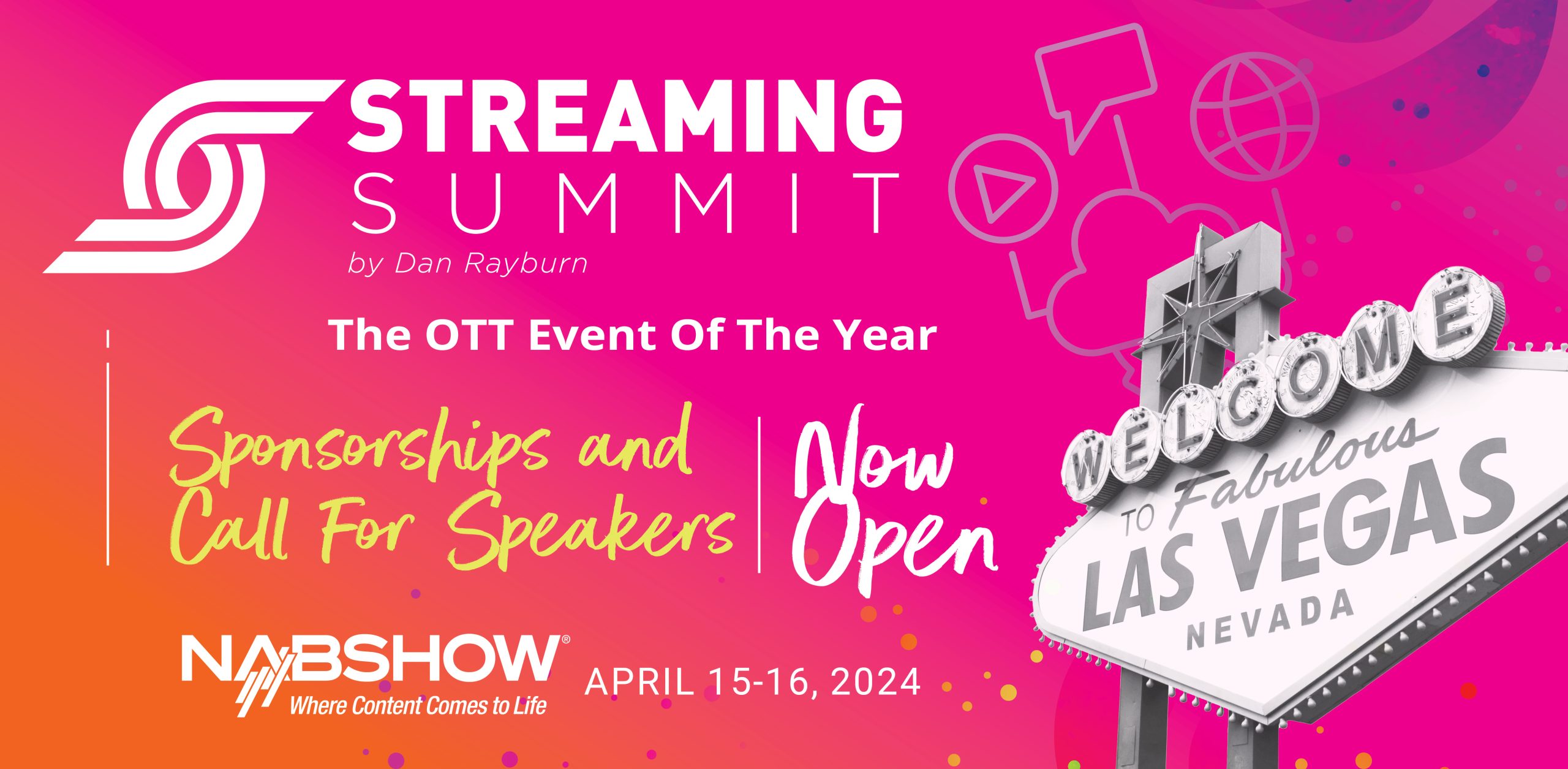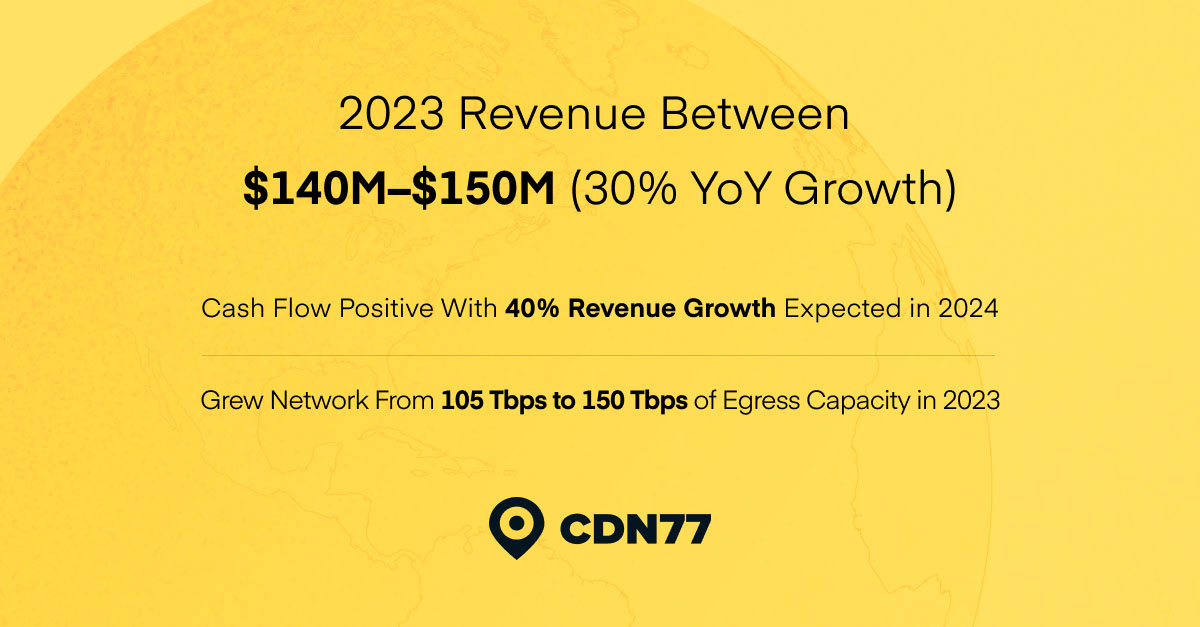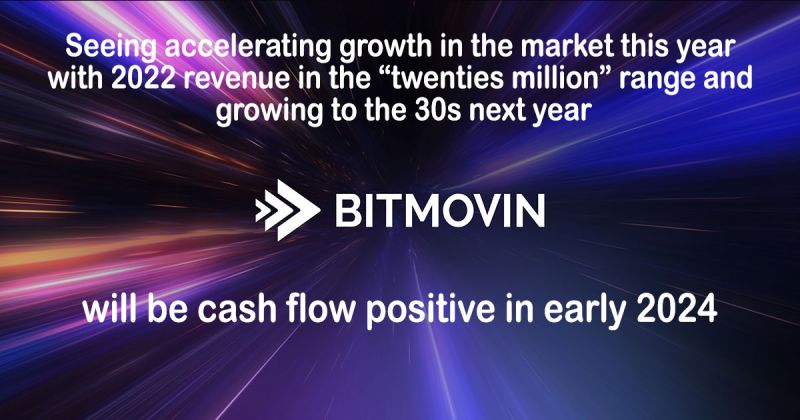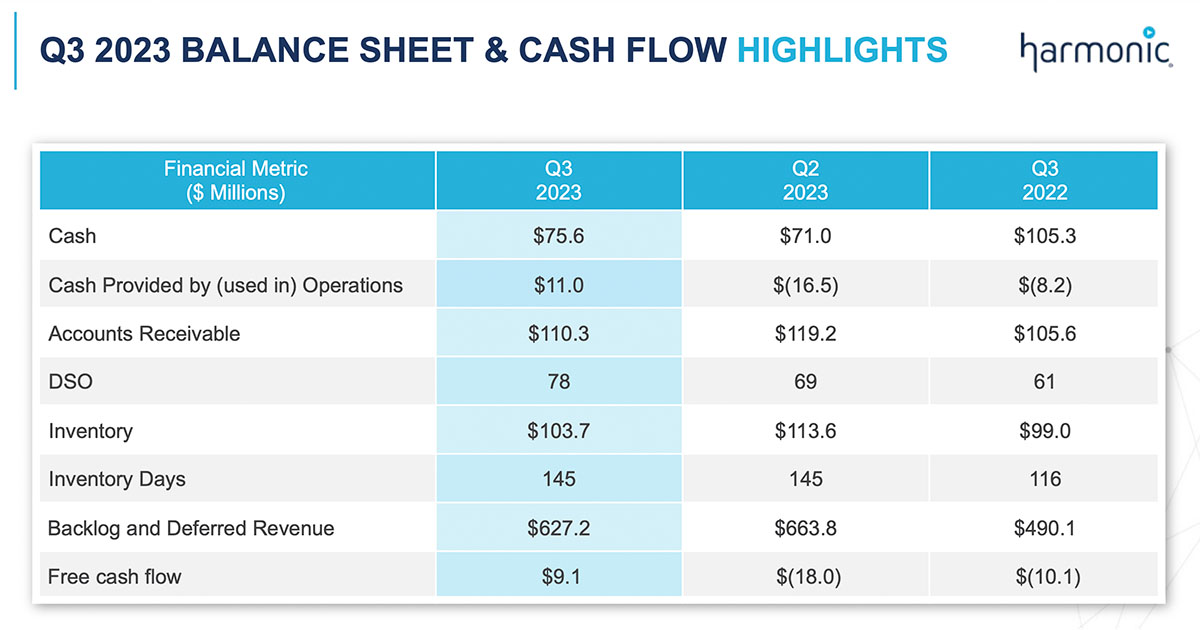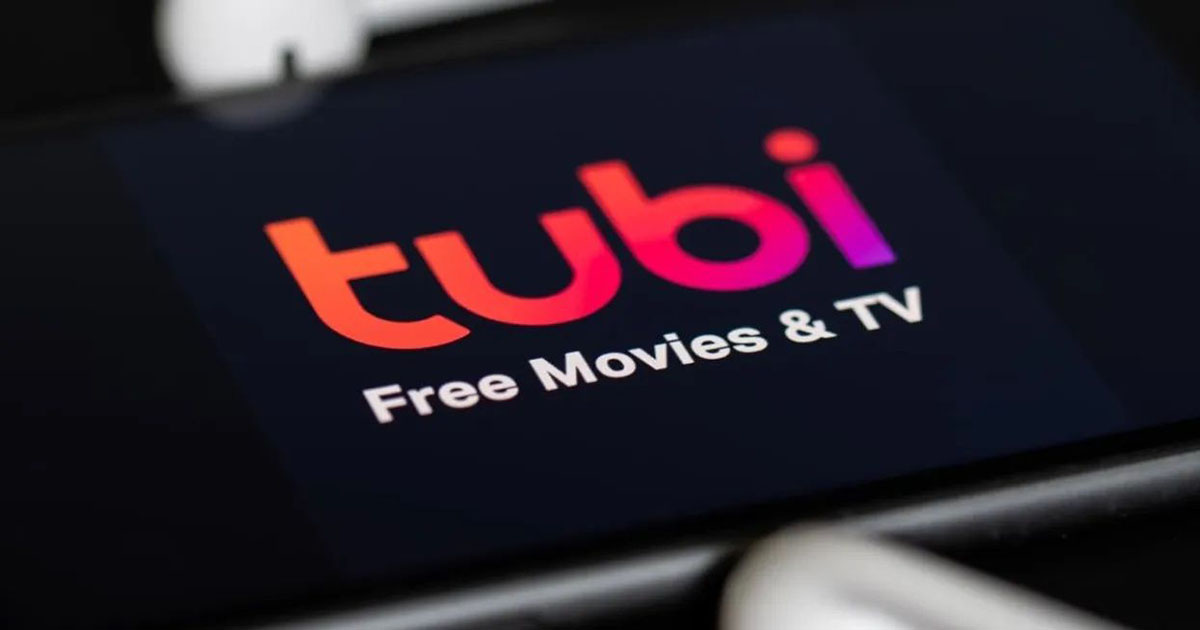
The hype around FAST, with almost no metrics tied to business is ridiculous. Every day there is a new report published that says FAST is “growing”, or that it is “taking share”. Growing how? Taking share from what? It’s nonsense. I see reports with the language of, “47% of US households use a FAST service each week,” but then it doesn’t define what “use” means. What’s not being shared are FAST ad CPMs, revenue, P&L, usage by viewing hours across channels, etc. In other words, actual business metrics outside of limited info from some of the TV manufacturers who have FAST offerings.
FAST services are NOT taking away any share, defined as subscriber dollars, from SVOD services and not a single SVOD service has ever disclosed during an earnings call that time spent on FAST services is impacting their churn. Media pointing to data from Tubi and others showing “growth” in FAST MAUs is garbage when for some of these FAST services you only have to open up the app and not watch anything to still be counted as a MAU.
We also don’t see any FAST service breaking down what percentage of total viewing comes from their channel list. Some FAST services tell me that 90% of their viewership comes from 10% or less of their channels. A report by Kantar says that in Q3, “FAST services outpaced VoD streaming,” but doesn’t define what “outpaced” means. Later in the report, it says that “Netflix remains the #1 VoD destination when streamers want to find new content.” Almost all FAST channels are VOD, not live.
I wish those in the streaming industry and the media would stop using the word “growth” to describe FAST. The word is overhyped, unqualified, and has no real business metrics behind it. Almost everything I read about FAST is marketing fluff with tons of charts and graphs, none of which speak to any actual business metrics.
As an example, this eMarketer chart on FAST is useless with such high-level generic words with no definitions saying, “FAST viewers will reach 100.6 billion in the US.” What is defined as a “viewer”? They also say, “the Roku Channel claims the largest share of FAST viewers, at 67.4%, followed by Tubi (64.4%) and Pluto TV (57.1%),” defined how? Share of what? None of those companies mentioned disclose or break out any usage of their FAST service. For any third party to suggest they can narrow down “share”, based on any metric they want to pick, down to a 3% difference between services is ridiculous.

